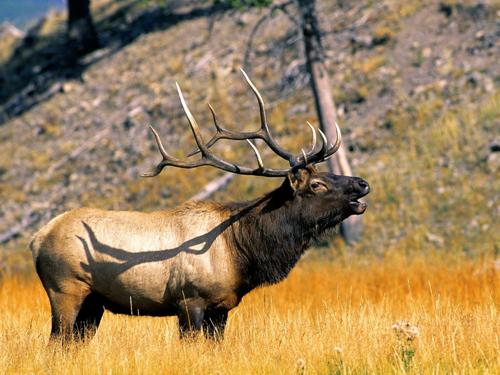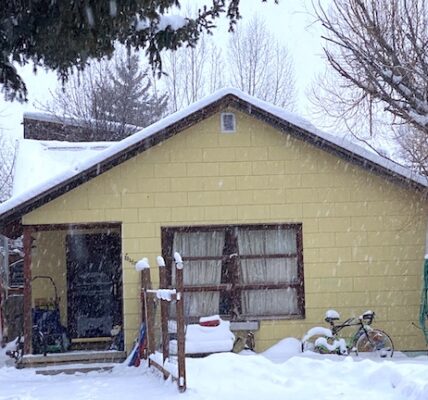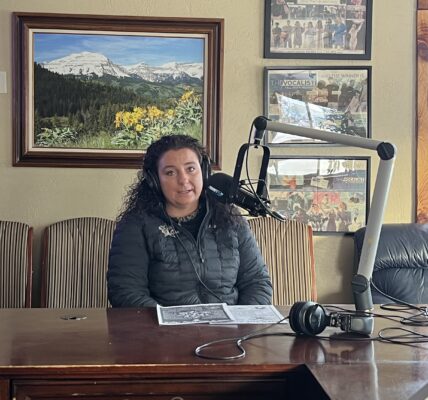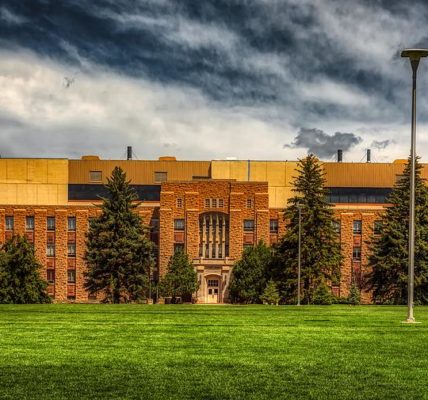
By Alex Hargrave
Buffalo Bulletin
Via- Wyoming News Exchange
BUFFALO — Stakeholders are again exploring increasing residents’ share of big game hunting licenses from 80% to 90%, which would decrease the percentage of licenses available to nonresidents.
The issue is a delicate one, and one that has come before the Wyoming Legislature at least three times before, including during the 2021 and 2020 sessions.
Though the bill was unpopular, the conversation has made it to the Wyoming Wildlife Taskforce, an 18-member board of stakeholders who study the state’s wildlife policies.
Adam Teten, a Buffalo resident and member of the board representing Wyoming’s sportsmen, said the conversation around allocating more resident licenses to those hunting moose, sheep, goats and bison was an easy one – leading to the measure being recommended to the Legislature.
Doing the same for deer, antelope and elk, he said, has more potential implications.
“One of the financial concerns is budgetary for Wyoming Game and Fish,” Teten said. “License fees and nonresident fees make up a good chunk of their annual budget, so that would have to be made up somewhere.”
Teten said that Wyoming hunters in favor of 90/10 have indicated that they would accept a license rate increase to offset the cost. Another concern is loss of seasonal tourism that hunting brings into communities if 50% fewer nonresident hunters were to visit the state.
However, Teten said, that doesn’t account for resident hunters who travel to different parts of the state to hunt and stay overnight in hotels.
“That component would still exist, and it’s not like we’d be eliminating nonresident hunters in general,” he said. “There’s still a very large component for that, if 90/10 were to go through.”
The idea that increasing the percentage of licenses available would lead to an increase in the number of residents who draw tags each year is largely inaccurate, Teten said. In hard-to-draw areas with highly coveted tags, where thousands of hopeful hunters apply for an available 50 to 75 tags, changing the ratio of resident tags would have a minimal statistical effect.
And at this point, Teten said, not all of the licenses allocated to residents are being used.
“I don’t know if residents would react differently, if they all of a sudden had more licenses to pursue in some parts of the state or if it would be the same thing that we have right now, where there are consistently areas all over the state that go undersubscribed by resident hunters,” Teten said.
Part of the reason the 90/10 allocation conversation continues to come up, he said, is because surrounding states — other than Colorado — use the same, or similar, splits.
The Wyoming Outfitters and Guides Association has historically been against the measure, because the group advocates for big game tourism.
After a bill failed in the Legislature in 2020, the organization issued a press release calling the idea “attacks on Wyoming’s tourism industry.”
“If a 90/10 license concept were to ever be instituted by the legislature, we would surely have to overhaul and increase significantly landowner big-game licenses,” the press release said.
A proposal to the task force from a rancher and outfitter asks the group to consider creating a program in which a number of resident and nonresident tags for deer, elk and antelope are allocated to private landowners.
Teten said it is unlikely that there will be any traction for the idea of landowner set-asides.
“My role on the task force is to represent Wyoming sportsmen,” he said. “There’s no way I can support, even logically, set-asides for landowners and outfitters at this point in time without the general public receiving something in return (i.e., access to all landlocked public lands, something along those lines).”
Teten said that, at this point, he’s uncertain whether he would vote to recommend 90/10 license allocations.
“I can see the benefit of going 90/10 for resident hunters; I still don’t think that’s going to solve what a lot of people really take issue with, in terms of public land overcrowding. That’s an access issue that needs to be solved,” he said. “If we’re speaking about opportunities and dispersing hunters, 90/10 doesn’t solve that. You still have the same number of licenses on the landscape. Whether they’re resident or nonresident is kind of a moot point.”
Ultimately, the task force was created to improve hunting opportunities and sportsmen access. For Teten, that means bringing resource management to the forefront of their work in the coming year.
“If we’re truly concerned with sportsmen’s opportunities and the health and well-being of our state’s wildlife resources, we need to adjust our focus from ‘how do we divvy up the pie’ to ‘how do we make the pie bigger and better,'” he said. “If we really do want to have a long-term impact on opportunities for sportsmen in the state of Wyoming, we need to start addressing habitat, we need to start addressing the health of the herds.”





